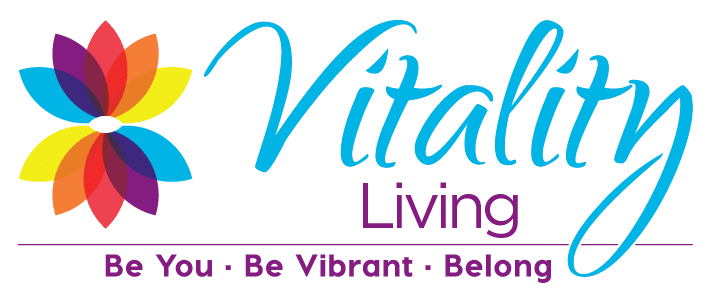Leaving home is always emotional. Think back to when you first left home to go to college, to get married or to get your first place. You were nervous but looking forward to your first taste of independence right? It can be quite the opposite for mom or dad as they leave home for senior living. They’re nervous too, but one of the biggest fears for seniors is losing independence. Rest assured you can help! Give them confidence and peace of mind with these tips to ease the transition to senior living.
Understanding the Fear
Before you can begin helping your loved one through this transition it’s important to listen and take their feelings to heart. The move may be practical in many ways, but it’s wrought with emotion for them.
In addition to loss of independence, the most common fears for seniors are:
- Running out of money
- Having to leave their home
- Having to depend on others
- Not being able to drive
- Being isolated and lonely
- Falling or becoming incapacitated
Having empathy and patience will give them comfort, show that you’re on their side and can even strengthen your relationship.
6 Tips to Ease the Transition to Senior Living
1. Give Them Time
With a change this big, your loved one is not likely to accept it overnight. That’s why it’s so crucial to plan ahead instead of waiting until a crisis. This allows them time to grieve the change and to understand the practicality of the move as well as the tremendous benefits of life in senior living.
What’s more, with the time to involve your loved one as much as possible in planning and implementing the move, they have more ownership of it and are more likely to get on board.
2. Visit Early and Often
Helping your loved one familiarize themselves with the community before they move can go a long way in making them feel more comfortable. Perhaps arrange an in-home visit in which a staff member will get to know your loved one, learn their needs, likes and desires and answer any lingering questions.
And although you’ve likely already visited when deciding on the right community, don’t stop there. Visit often with your loved one to have a meal, participate in activities and get to know the staff as well as their new neighbors.
3. Keep it Positive
One of the best ways to keep your loved one from getting lost in the fears is to focus on the gains of senior living.
- They may actually have more independence — Senior living offers just the right amount of support to help your loved one live life to its fullest.
- Worry-free living — They’ll enjoy spacious accommodations and amenities such as pools, fitness centers and restaurant-style dining along with home maintenance, housekeeping and laundry services.
- An active lifestyle — Senior living communities have ample opportunities to socialize, exercise and stay mentally active with monthly calendars filled with clubs, classes, events and outings.
- Peace of mind — With help available 24-hours a day and an environment designed specifically for seniors it may be even safer and more secure than home
4. Personalize the Space
Ask for a copy of the floor plan as well as any recommendations and/or restrictions on what you can bring to the senior living community ahead of time. That way, you’ll know what favorite pieces and accessories will work so you can set up your loved one’s space first thing on moving day. By arranging photos, keepsakes, furniture and personal items it feels comfortable and familiar, like home.
And don’t forget to bring clothes, shoes, toiletries, even favorite snacks, books and music.
5. Find Their Fit
For many, one of the hardest parts of moving to senior living is finding a way to fit in. Luckily, most communities have new resident ambassadors (or some type of buddy system) to help your loved one feel welcome. This program pairs them with a person or persons who share similar interests — you may be surprised at how quickly new friendships begin — so make sure to check with the community about this if they don’t mention it first.
A way you can build quick rapport between your loved one and those who’ll be caring for them is by making their personal preferences known to the staff. Whether it’s favorite snacks, that you’re loved one is a night owl or even that they hate the smell of vanilla; this gives the staff a way to connect and help your loved one feel at ease. And who knows what they may find in common!
6. Let them Know You’ll Be There
Your loved one may worry about being left behind after they move to senior living. Make sure they know that’s not the case with a calendar to write down the days and times you’ll call (or Skype) and visit.
If you’ve always had Sunday dinner; you can still do that! And have other family members and friends do the same. This will give your loved one plenty to look forward to and help them feel reassured you’re not going anywhere.
Bonus Tip – Give Yourself Grace
A loved one moving to senior living is an emotional time for you too. It’s common to feel a sense of guilt even though rationally you know that their quality of life, both emotionally and physically, will be better. You still have a vital and active role in their care and life, now as daughter, son, friend, sibling or spouse again instead of caregiver. It can be hard to overcome these emotions, but your senior living community may offer family support groups that can help.
For more information on easing the transition to senior living, check out our Family Decision Guide!



